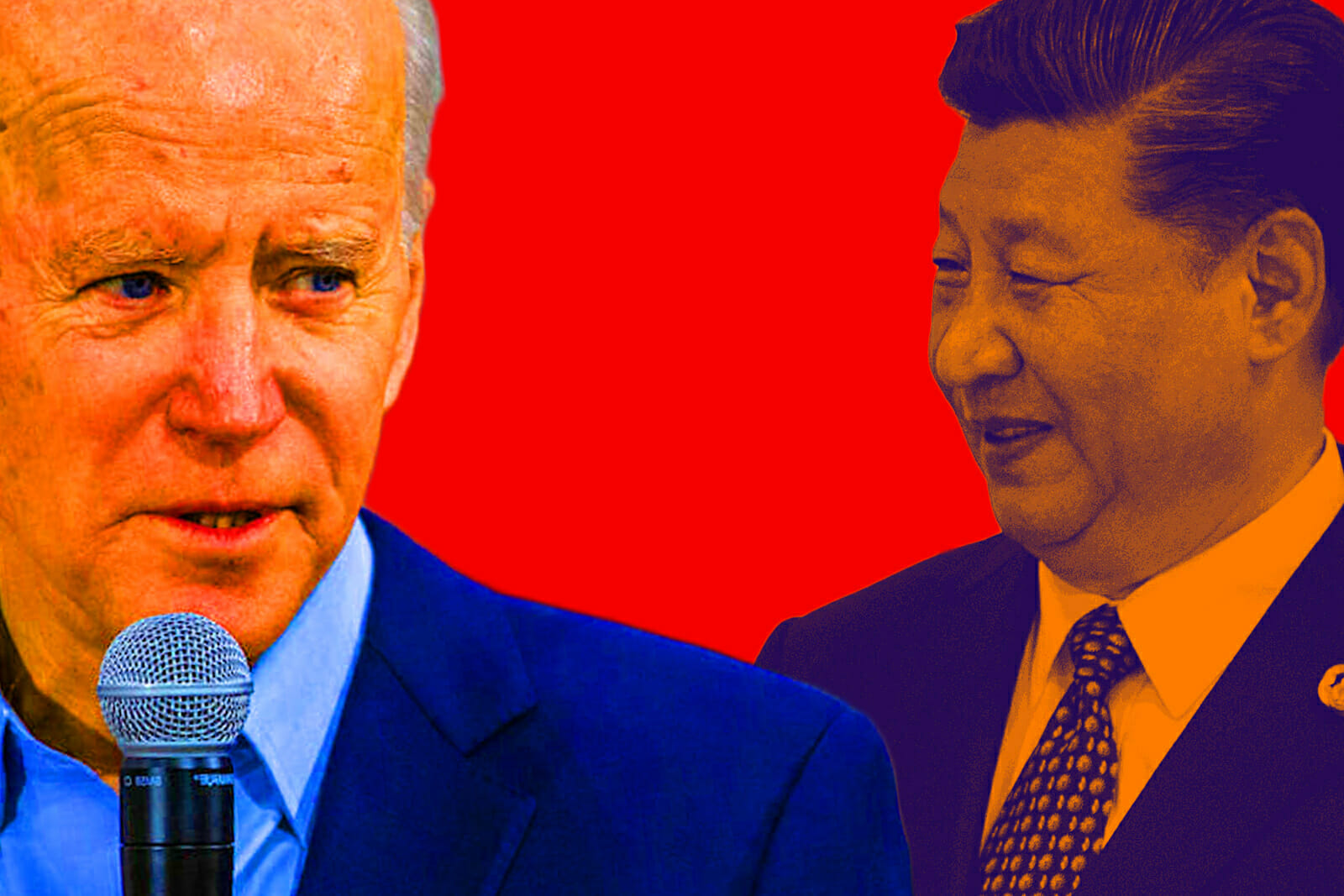
Managing China’s Rise: Providing China a Path to Grow that Both it and the U.S. Can Accept
A month ago, at a CNN town hall, President Biden answered yes to a question inquiring whether the U.S. would defend Taiwan in the event of a Chinese attack. Though the White House has since walked back the statement, it constitutes a break in traditional U.S. strategic ambiguity on the subject. The statement is part of a pattern in which both countries have become more confrontational with each other.
In recent months, China has demonstrated shows of strength by violating Taiwan’s sovereignty. The U.S. has established the Quad and AUKUS, strategic frameworks akin to alliances, with China’s most powerful neighbors. China has begun the most significant expansion of its nuclear arsenal in its history. The U.S. has sought to decouple economically from China, while Beijing has stepped up its global cyber espionage campaign on governments and businesses alike. The question is, what comes next?
China wants to continue growing, and it may very well fight if it feels the U.S. is attempting to contain it. Thus, the U.S. must resist this temptation and manage China’s rise by providing it a path to grow that both countries can accept. A China that abides by the rules and norms of the international system should be allowed to rise with little to no resistance. By accompanying U.S. policies toward China with effective messaging that conveys this clear path to Chinese prosperity, the U.S. can convince China to deviate from its current route of aggression and coercion.
First, U.S. counter moves toward China should be aimed at enforcing the rules and norms it has maintained for decades. Second, its messaging should convey that goal clearly and consistently. Otherwise, U.S. actions against China look like a policy of containment. China has publicly stated as much and may very well believe it. If China believes this is the goal of U.S. policy, it has little reason to change course.
However, by leaving a path open and illuminating it for all to see through effective messaging, the U.S. provides Beijing with an option of least resistance. This option also counters Beijing’s narrative that the U.S. intends to contain it. Thereby, the U.S. works to avoid a Thucydides Trap, a phenomenon in which rising powers and standing hegemons, more often than not, go to war with one another.
The U.S. has long supported the concept of free trade, and China has benefited immensely from it. Free trade allows China to access civilian technology and attain vital resources it does not possess. For the U.S., free trade provides stability as countries have more reason to cooperate than fight and opens markets for U.S. investment. However, free trade is proving to be the first significant casualty of the competition between the U.S. and China. Both countries have a vital interest in maintaining an open economic system, and U.S. messaging can convey the possibility of doing so if China changes its behavior.
Effective U.S. messaging also conveys to other countries reliant on China for their economic wellbeing that they do not face a binary choice. If U.S. policy is understood to be an attempt to protect the international system, they are less likely to sympathize with a China choosing a more aggressive path.
The U.S. should not expect China to roll over and immediately come into compliance. The U.S. should prepare for a sustained period of competition. However, Chinese actions are already facing resistance. Britain has recently decided to bar Huawei, a Chinese firm, from its 5G network. Many other countries are showing hesitancy as well. The willingness of China’s neighbors to join into U.S.-led strategic frameworks is clear evidence of balancing against Beijing. Japan has even conveyed its willingness to join the U.S. in defense of Taiwan. The best path to Chinese prosperity is already becoming evident. U.S. messaging must make it unmistakable.
U.S. policies toward China must be accompanied by effective messaging that conveys America’s desire to prosper alongside Beijing, not at each other’s expense. China must calculate that its current path harms its growth and that a different path – maintaining the system that it has already benefited under – is its best course of action. If it does, then China can continue to rise in a way that both it and the United States can accept. The world will stay at peace.

